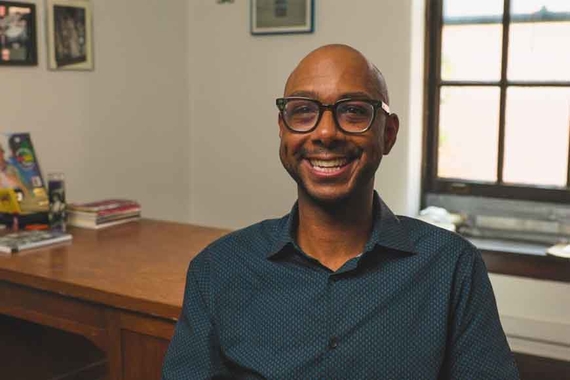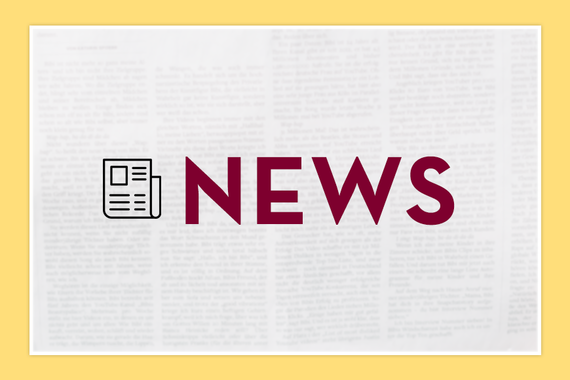Colonialism to Sovereignty: The Restoration of Bde Maka Ska
In 1829, Dakota leader Mahpiya Wicasta (Cloud Man) led a group of Dakota men to find new land for his people to hunt. The group became trapped in a blizzard for three days, buried under the snow. He later founded an agricultural community on the site, which he called Ḣeyate Otuŋwe, on the shores of a lake called Bde Maka Ska.
Nearly two centuries later, Cloud Man’s great-great-grandchildren led the charge to reclaim the lake’s Dakota name. It has long been named after white secessionist John Caldwell Calhoun.
Reclaiming One’s History
Katherine (Kate) Beane and her family have long wondered why proper American Indian history was never taught in their classrooms. Her history courses were “never about us nor our history,” she exclaims.
Beane now holds a PhD in American studies and works as a public historian, but she didn’t always imagine that she’d follow a path through academia. She was troubled by the lack of attention to American Indian culture and history that she experienced in the school system. “There was this unspoken brokenness and sadness that my family all felt, but we didn’t know why,” Beane says.
She and her twin sister, Carly Bad Heart Bull, were tired of the school curriculum that ignored their people’s history and took the California High School Equivalency Exam, which allowed them to leave school at the age of 16. During her childhood, Beane’s family had moved around a lot, from Lincoln, Nebraska to Berkeley, California. They eventually decided to move to Minnesota to reconnect with their Dakota roots, “What I finally realized after moving here was that I was looking for somewhere I belonged,” Beane says.
It was in Minneapolis that Beane gave education another chance. Her father, Sydney Beane, told her that the only way she could change the education system is if she went back into it.
Beane and her sister Carly enrolled at Minneapolis Community and Technical College and then transferred to the University of Minnesota for its Dakota language program. Both sisters graduated from UMN, Beane with a bachelor of arts in American Indian studies and a concentration in Dakota language in 2007. Carly eventually went on to law school, and Beane returned to the UMN the following fall to begin a graduate program in American studies.
“American studies, for me, was the natural place to go,” she says. “One of the benefits of studying [in this field] is figuring out how we can create change.”
What’s in a Name?
Beane and her family took leading roles in the renaming of Bde Maka Ska, and it all started with a desire to tell a family story rich in history with close ties to the lake and what happened that led their people to the diaspora. Through archival research and interviews with family members, Beane discovered that her family community had been self-sustaining through farming at Bde Maka Ska. The settlement that Chief Cloud Man established only lasted a decade. It was abandoned due to fears related to increased tensions with a group of Ojibwe. The Dakota people were later removed by exile policies in 1863. “The one thing that’s hard with the Bde Maka Ska name is that people like to ask ‘Well, what was the first name, what was the original name?’ but we’ve been here for thousands of years,” Beane says. “Many names have come and gone and I don’t think we could say that there was only one original name for the lake.”
The Dakota language doesn’t name things after people. Beane explains that it can be confusing to translate, as American Indians could have referred to Bde Maka Ska by many names over the years or simply described the lake by its general appearance, rather than by a name. Regardless, she found that Bde Maka Ska had been passed down for many, many years.
“Bde” means “lake,” “Maka” means “earth,” and “Ska” means “white,” and since the word order Dakota language is the opposite of that in English, Bde Maka Ska translates as “White Earth Lake.”
Restoration and Backlash
Beane, her sister, their father, and a group of dedicated allies worked on the restoration of the lake’s name. “We don’t call it a change, we call it a restoration,” she explains. “When we started, people told us there was no process to make this happen. My sister, who’s a lawyer, said ‘If that’s the case then a process needs to be created’.”
It wasn’t easy. “It’s been a long journey, [and] county community meetings were hard because of racist rhetoric and the feeling of exclusion.” They faced backlash from some neighborhood residents and local businesses that use “Calhoun” in their names. Opponents of the name restoration wanted the Minnesota Court of Appeals to reject the decision. A “Save Lake Calhoun” group took to social media in an attempt to oppose the name restoration. Despite the opposition they faced, Beane also notes that there was a bright side of the process, from local businesses to many local residents supporting the Dakota name. “We’ve met so many wonderful people who cared, people want to know, they want to learn what happened,” she says.
Beane has had the unique opportunity to involve her young daughter in the name restoration process. While hesitant to expose her to all the hostility and bigotry of the world, she’s glad that her daughter was able to learn how to be strong and to create change. There were difficult times, such as when Beane gave an emotional speech and holding her three-year-old, only to meet the eyes of a woman in the crowd who glared at her. But when community members feared Bde Maka Ska was too hard to say, her daughter would show them that even she could say it. Determined to convince others they could no longer tolerate the Calhoun name, the toddler asked members of the community to repeat after her as she pronounced “Bde Maka Ska.”
On May 3, 2017, the Department of Natural Resources voted in favor of restoring the name of the lake to Bde Maka Ska.
Looking To the Future
Beane has been continuing her work in history and community engagement. She has finished making a documentary with her father about her grandfather, Charles Eastman (Ohiyesa), and bringing his legacy back to Minnesota, is helping with updated interpretation of the history and narrative of Dakota people at historic sites in Minnesota (such as Fort Snelling), and is currently working with Dakota artists and allies on public art that honors the history of the Dakota people at Bde Maka Ska.
This story was written by an undergraduate student in CLA.



